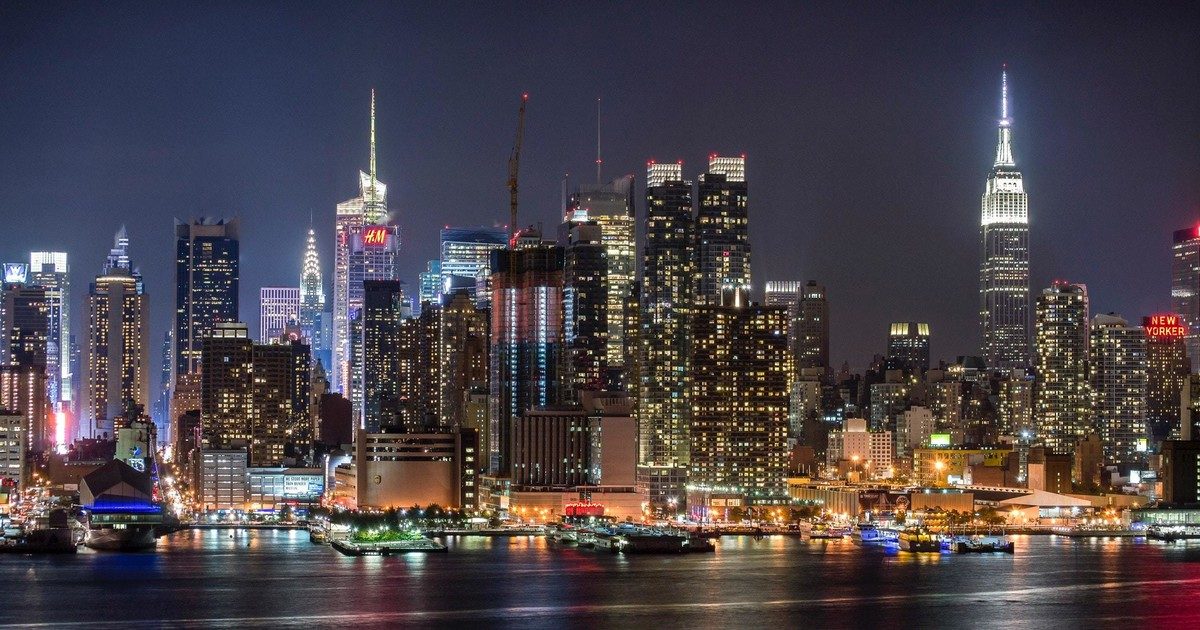This weeks classes, December 2nd and 4th, we focused on the city, and particularly ways in which the new urban city is allowing for new forms of citizenship and belonging. It has become evident through this week that citizenship has become ” flexible and performative” and is no longer “ascribed through birthright alone”. We now see that “place-making [is] defined through the participation in the appropriation of space and the production of its meaning”. Thus, as citizens increasingly become more involved within their cities they start to believe that they are no longer just occupiers but participants of the city. Related to this idea is the rise of neoliberalism and how this has allowed for new forms of civic participation in the creation, maintenance, and regulation of space. The most important to come out of this new participation is DIY Urbanism, which Gordon C.C. Douglas defined as “unauthorized yet ostensibly functional and civic-minded physical alterations or additions to the urban built environment in forms analogous (however abstractly) to official planning and streetscape design elements”. Douglas’ definition takes into account several aspects that DIY urbanism encompasses: firstly, the illegality of unauthorized nature, and secondly the functional, civic-minded alterations to the urban landscape.
My Expert Question focused squarely on the legality of DIY Urbanism and the possible consequences that could come from DIY urbanism projects. Our discussion of my questions yielded no clear response, but this was as expected. DIY urbanism has become so popular in recent times because of the sluggishness that our government works at. Citizens, empowered by the ideas that they are the real owners of space that they occupy, have turned to new forms of dealing with and avoiding the obstacles to bettering their own space. Thus, citizens have disregarded law and installed their own additions to the city, such as seats at bus stops, street signs at confusing intersections, and even a swing under a bridge. It is this disregard of the law that the city, and I as well, have found to be problematic. This revolt is potentially dangerous to our bureaucratic society, and is exactly what Lefebvre would have wanted. He talked about the need for a “radical restructuring of processes involved with decision-making over space”, basically the idea that when it comes to space, it should no longer be the over-arching power, i.e the government, that makes the decisions but it should be those who are participating and appropriating the space. His ideas, while I believe are well founded, are almost anarchist in the way that he would want to disregard bureaucracy. I believe that the best way to solve the issue with people taking DIY urbanism into their own hands, even if their intentions are good, is to have it be regulated by the city. I believe that the city should listen to all proposals that are received, deliberate over the feasibility of these suggestions, and give a response back to the citizen or citizens who made this suggestion in a timely manner, i.e 30 days. This will create more harmonization between the city and the citizen, allowing for the citizen to feel as if they still have some power in the say over their space. Also, I believe that by doing this the DIY aspect will remain intact as the suggestions will be derived from the ideas of the citizen, with approval from the city. This will also take out any of the gray areas of who is responsible for DIY urbanism projects and will make DIY urbanism a unifying process between city and citizen.
